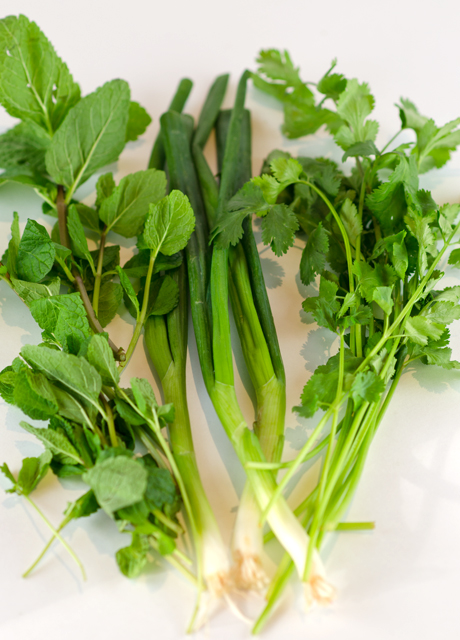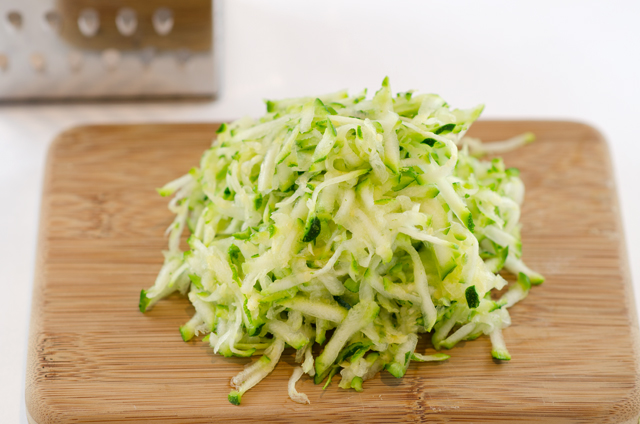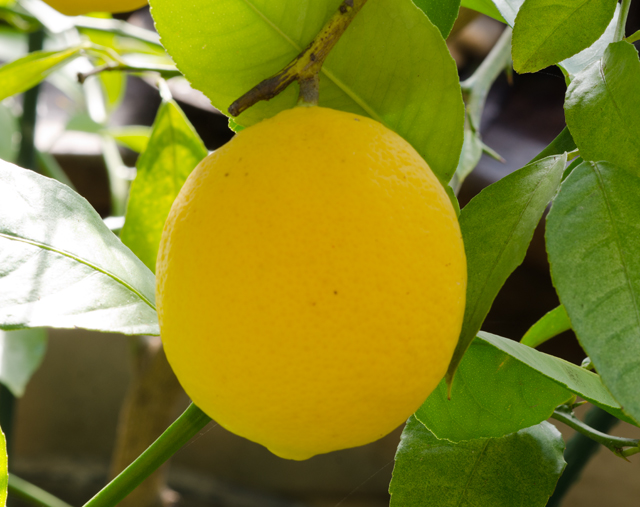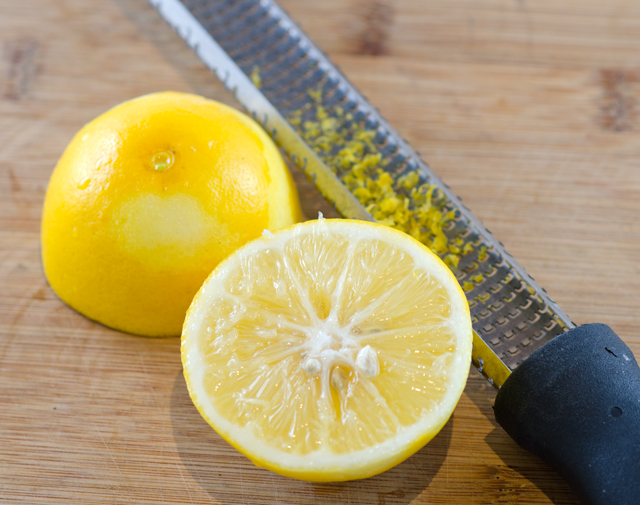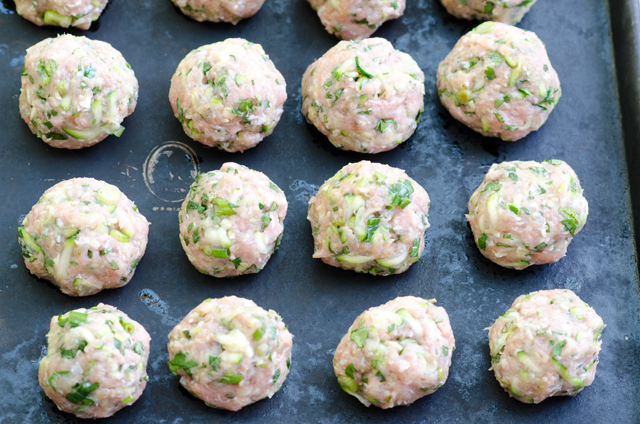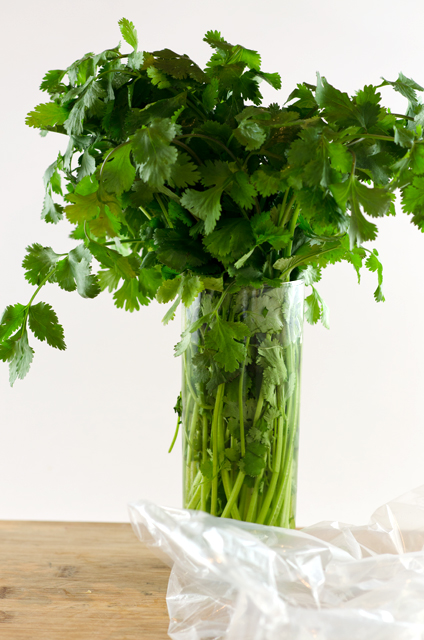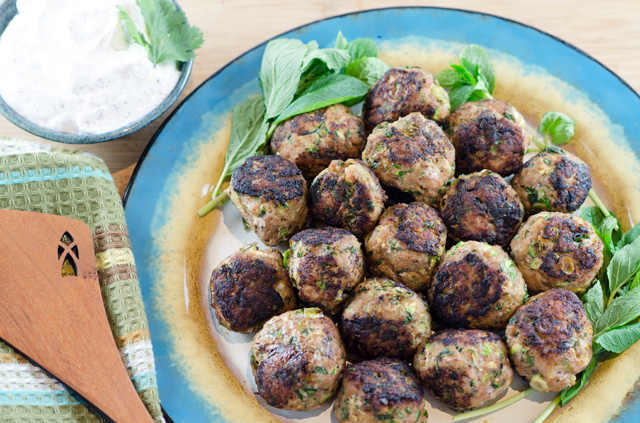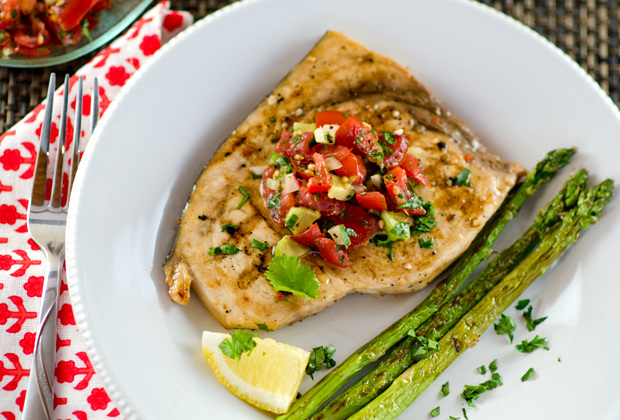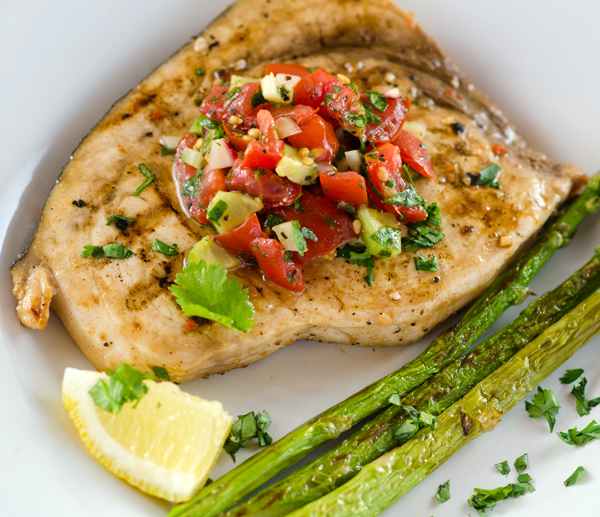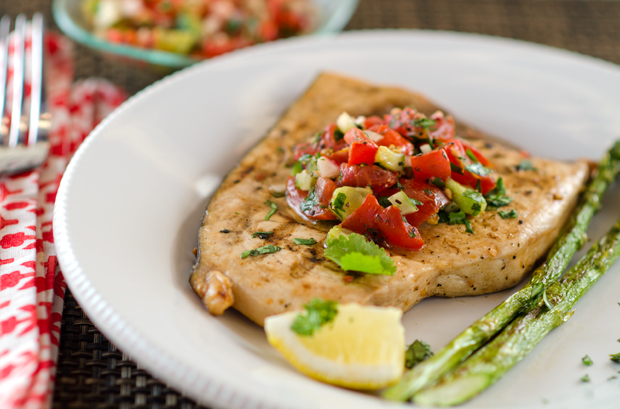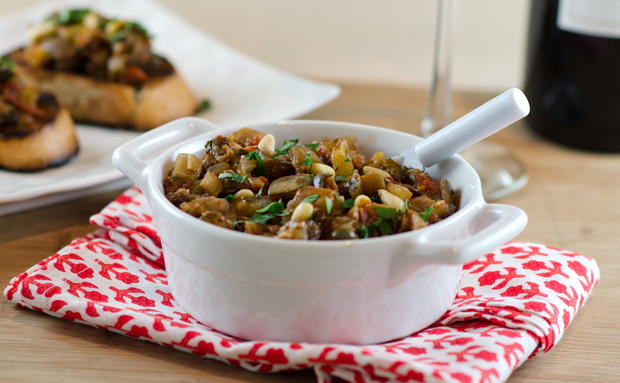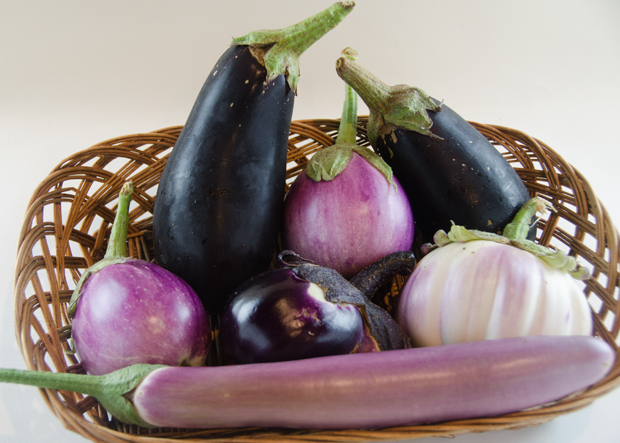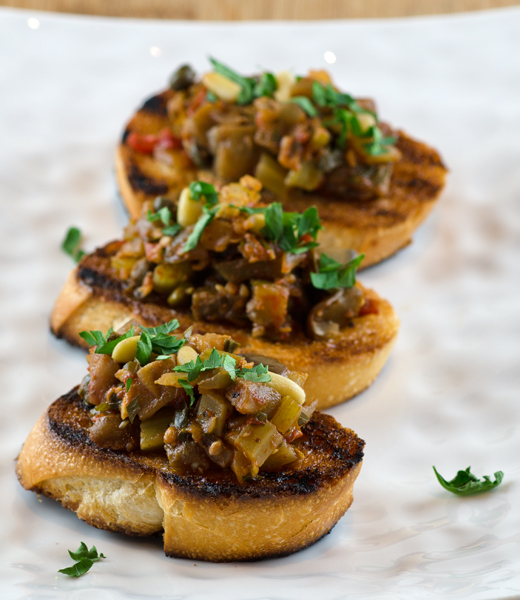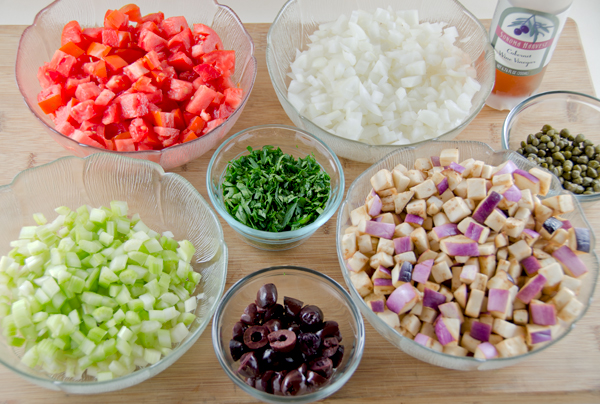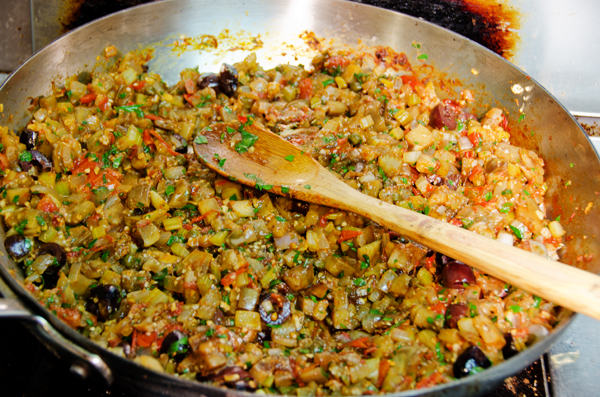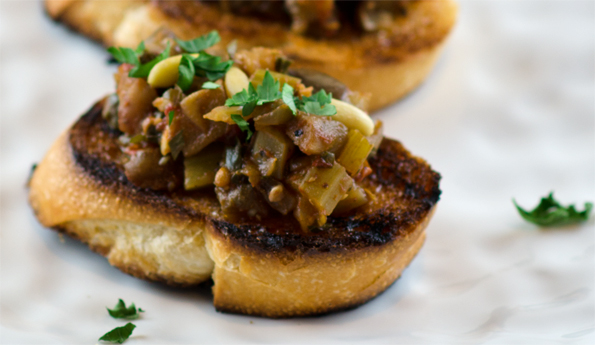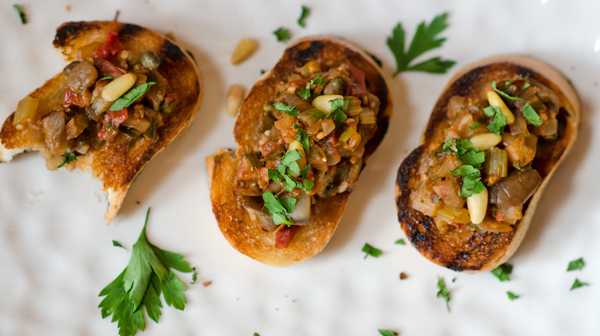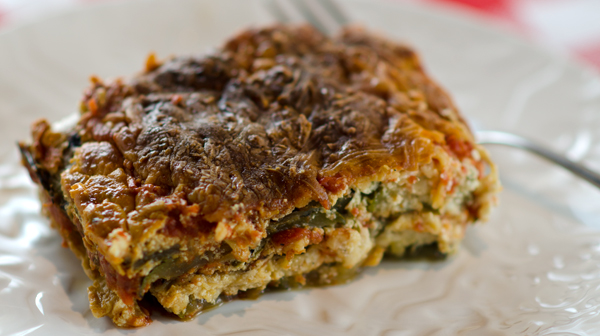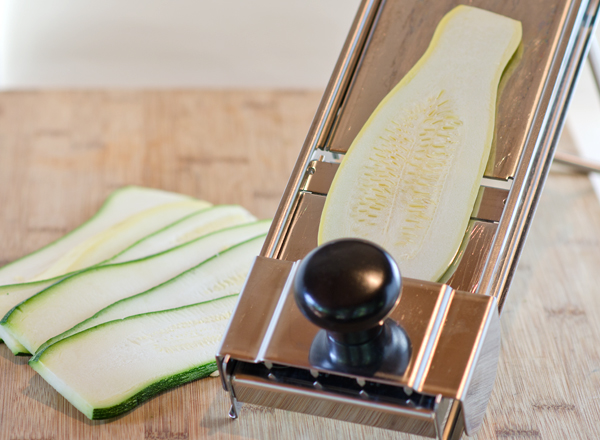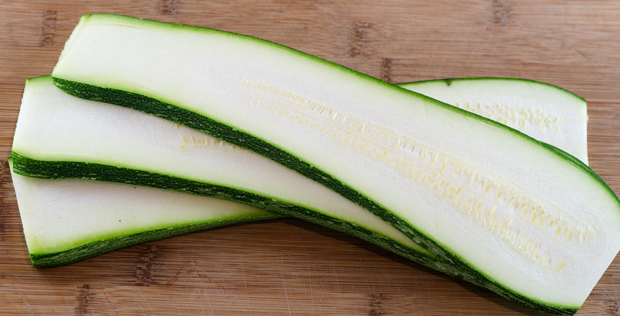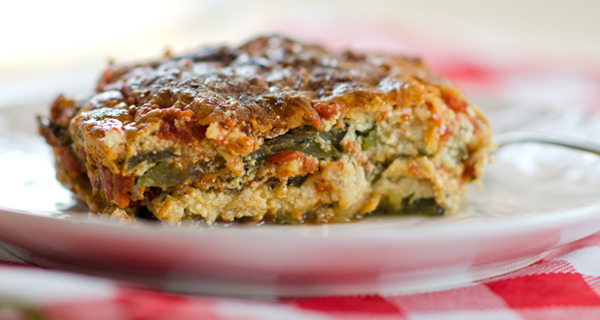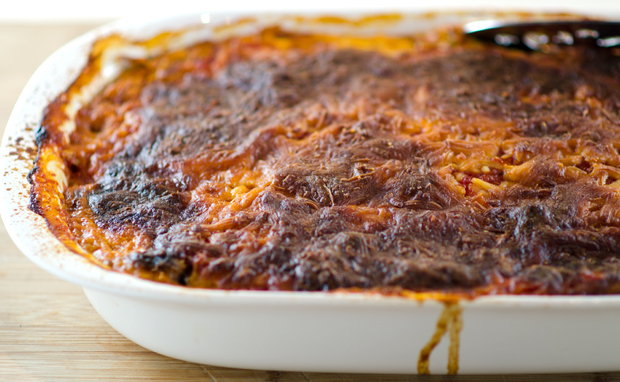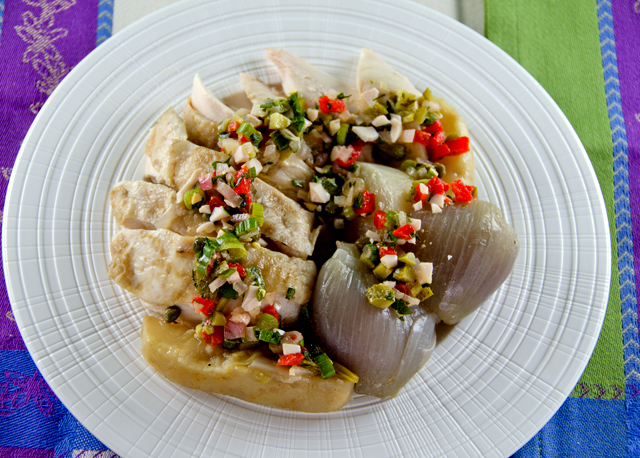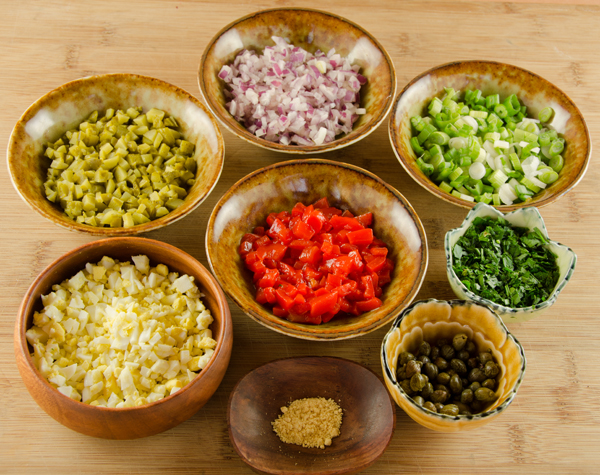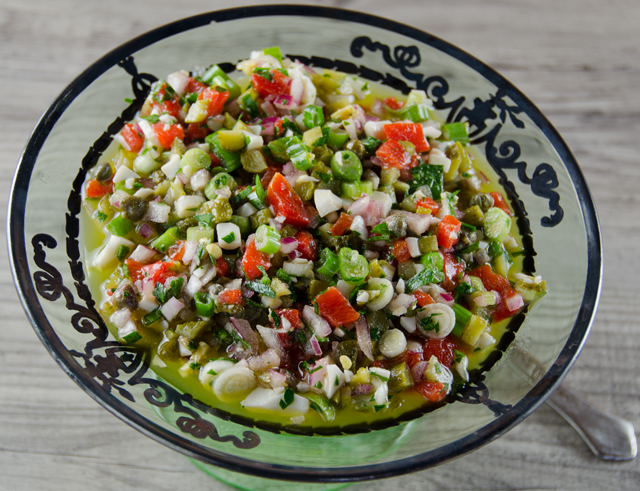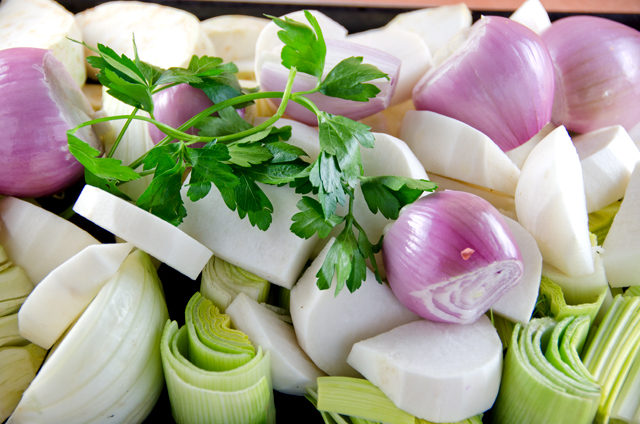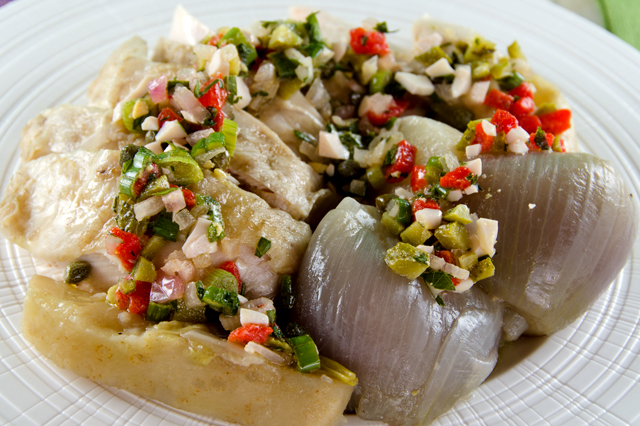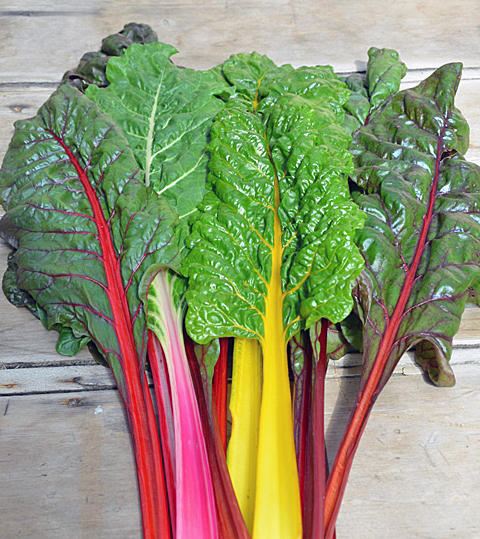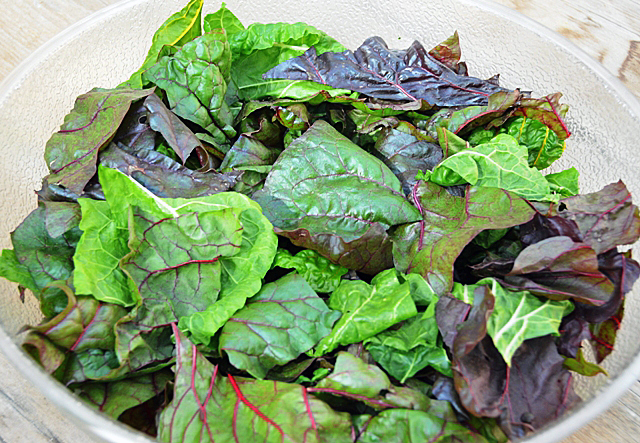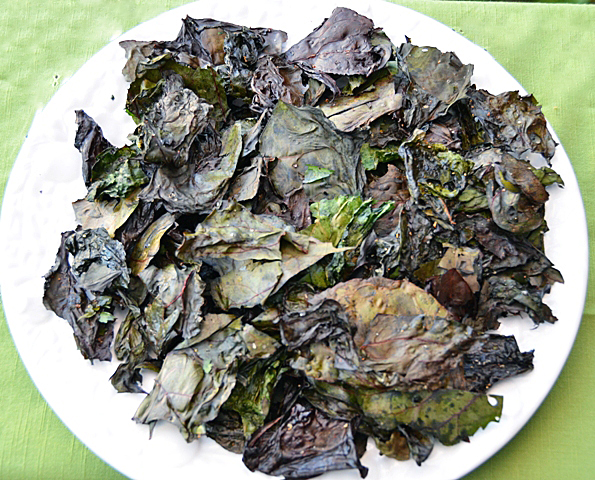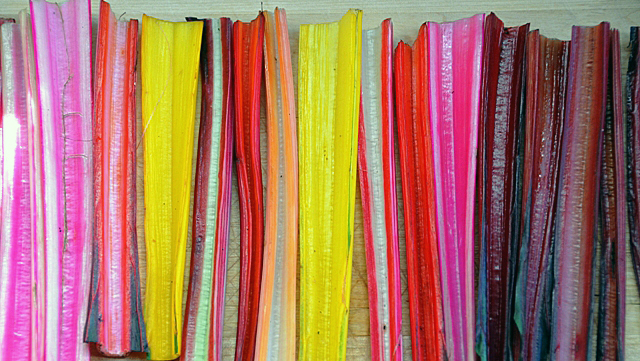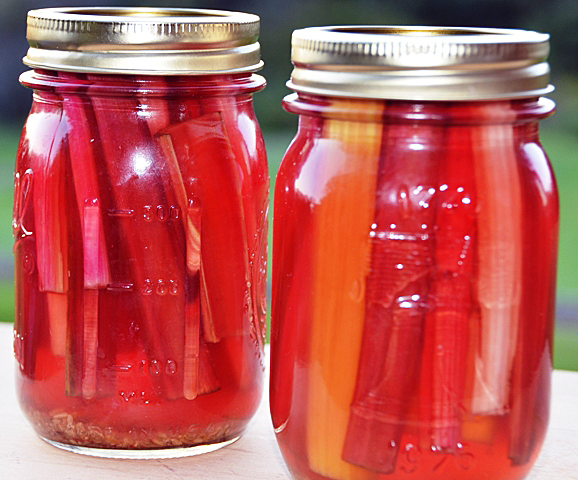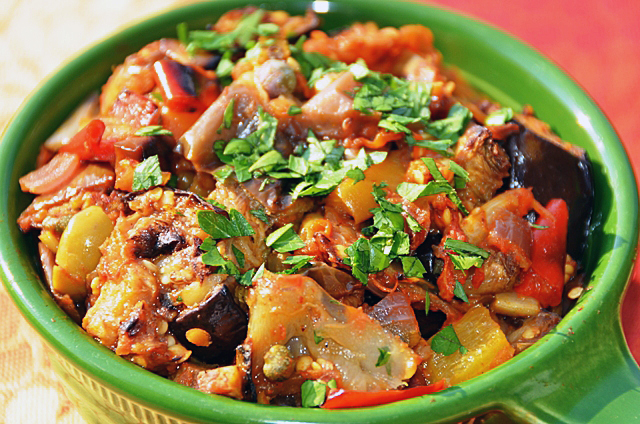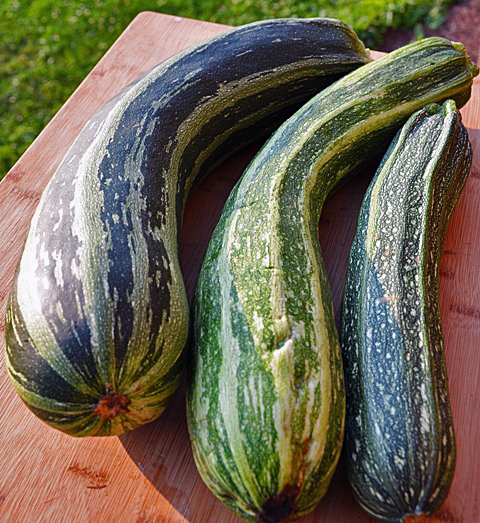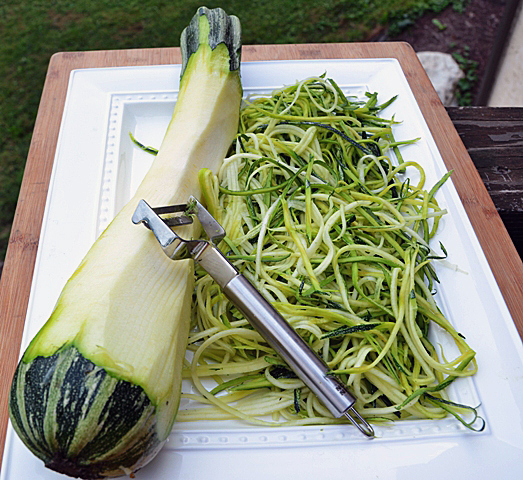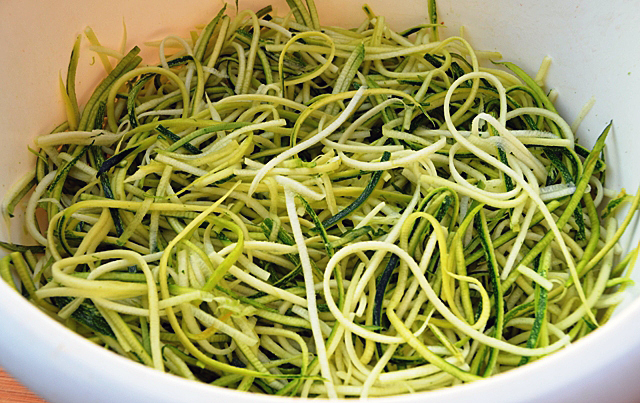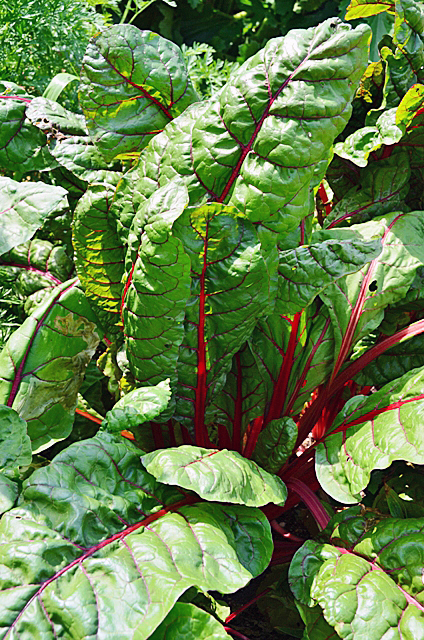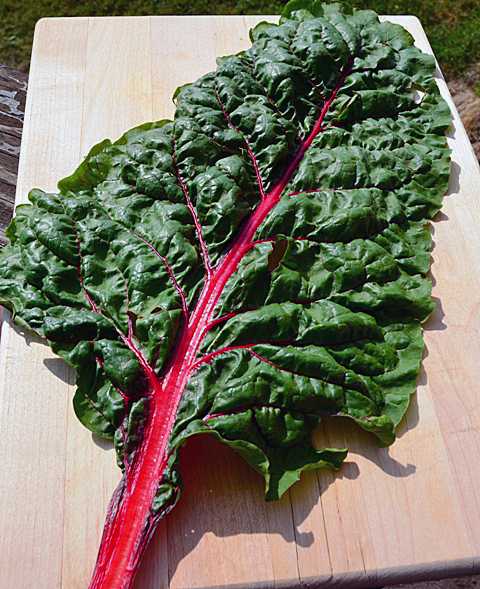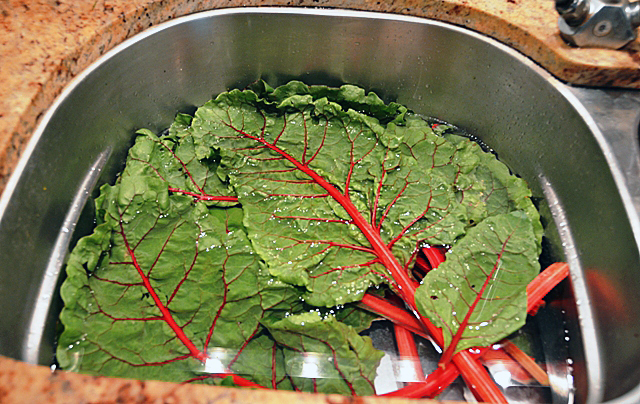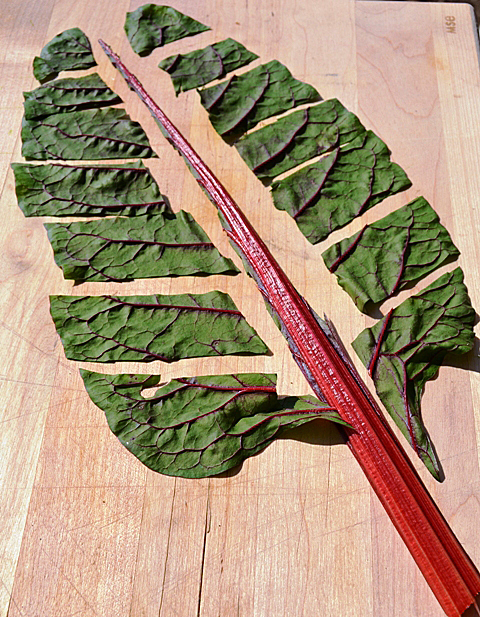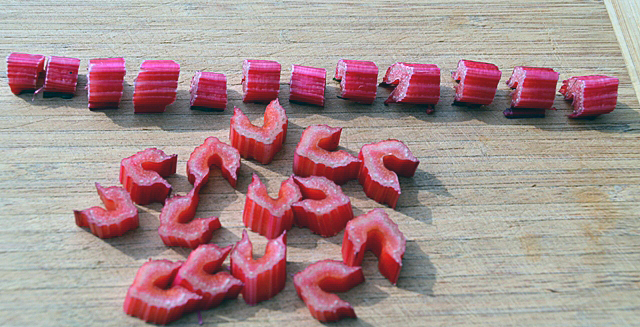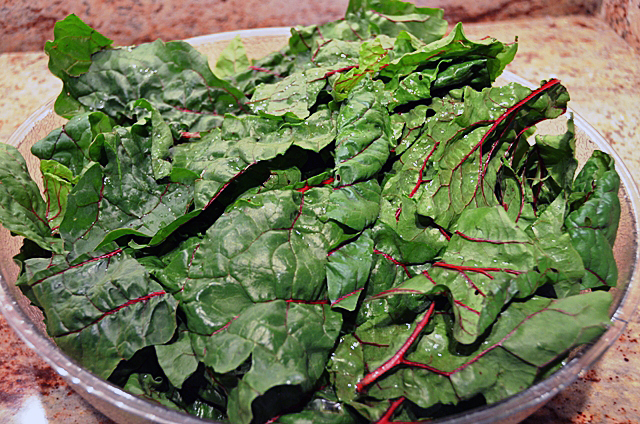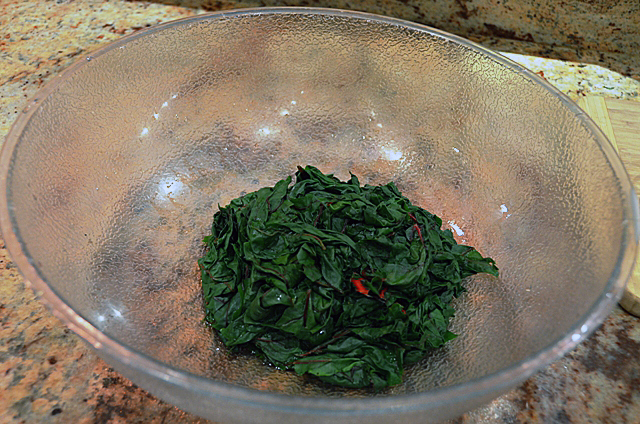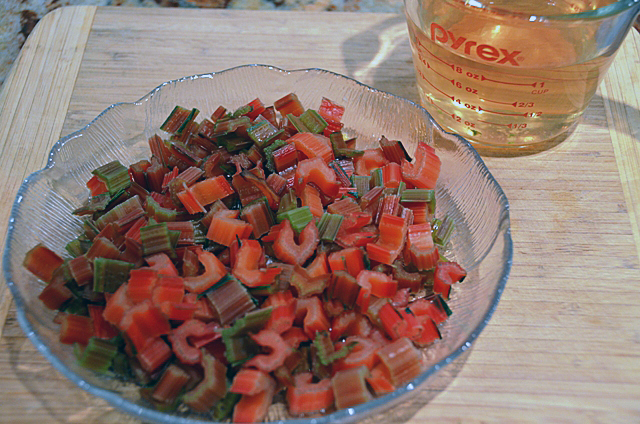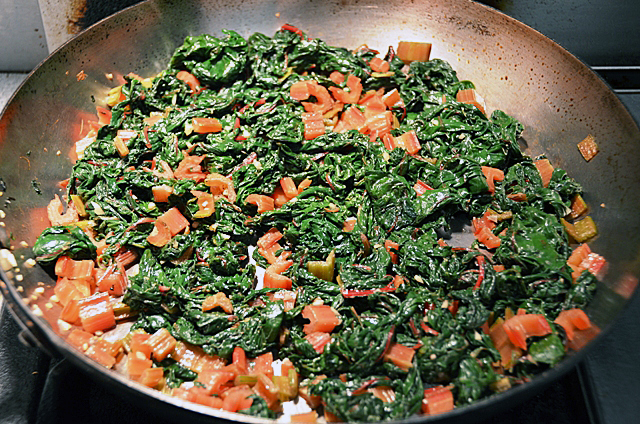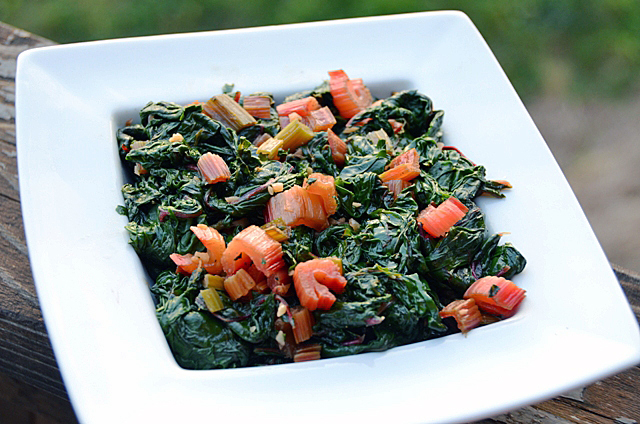It’s a new year and it’s time to put the emphasis back on healthy meals. But healthy doesn’t have to equal boring. Meatballs are lightened up with ground turkey and fresh herbs in this recipe from Yotam Ottolenghi’s cookbook, Jerusalem. Originally from Jerusalem, Ottolenghi is a London based chef restaurant owner, food writer and cookbook author known for his vibrant, fresh, multi cultural cuisine. His recipe takes ground turkey and zucchini, two ingredients with not much flavor going for them on their own and combines them with fresh herbs, cilantro and mint, along with garlic, cumin and spicy cayenne pepper to make a delicious meatball.
In July, I would be making this recipe with herbs and zucchini fresh from the garden. But it’s a bitter cold day in January, so like everyone else I have to bite the bullet and plunk down several dollars for a small bunch of herbs I would have buckets of in the summer. Don’t get me started with the zucchini… When I purchase herbs at the supermarket I try to treat them as a precious commodity. How many times have you (or I) brought home a bunch of herbs, used the tablespoon or teaspoon we needed and the rest was sentenced to the crisper drawer. The next time you notice it, you’re not even sure what it is. My favorite method of preserving fresh herbs as long as possible in the fridge, is to trim the stem ends and place the bunch in a glass with several inches of water. I place a loose plastic storage bag over the herbs and not only can I successfully store them for a week or more, I am more likely to use them since they are not tucked away in a drawer.
This is a wet meat mixture to work with so use a minimally processed product, the extra water added in some brands of ground turkey is not your friend. Check the label, the turkey I purchased was 93/7, lean to fat with no water added. I used a hand grater for the zucchini and lightly wrung it out in a cloth towel to eliminate extra liquid. I like to taste the leaf of the herbs I am using to see how pungent (or not) they are to see what adjustments I might need to make for the recipe.
Put all the ingredients in a large enough bowl so that you can combine your ingredients thoroughly. Take off your rings and roll up your sleeves to do some serious mixing. Put some non stick spray on the sheet that you will place the meatballs when formed and also on your hands to minimize the herbs from sticking to your fingers (some will). Ottolenghi’s original recipe called for these to be made as small burgers, but I thought meatballs were better suited for this January night.
Cook the meatballs in a large (12inch) heavy skillet. I used a Le Creuset cast iron type skillet. Just a thin film of a neutral oil, canola, safflower, is all you need to coat the bottom of the pan. Be sure not to overcrowd the pan, I cooked 18 meatballs in two batches. I shake the pan halfway through to make sure they don’t stick. Finish your browned meatballs in the oven for 5 to 7 minutes to finish cooking them.
The accompanying sauce is very simple, Greek yogurt, sour cream, lemon peel and juice and an interesting middle eastern ingredient, sumac. I discuss sumac at greater lengths here. Sumac is extracted from the berries of the sumac bush and it adds an astringent, fruity taste to dishes. I purchased mine from Penzeys. I am over my Meyer Lemon envy of 2013 now that Joe is growing several trees that are producing fruit. They are inside now for the winter. This is the season for harvest and I was able to pick a fresh lemon from one of our trees. More information about Meyer lemons is in this post. Meyer lemons are not as acidic as regular lemons but the sumac added another layer of flavor complexity to the sauce.
Herb substitutions could be made, parsley for the cilantro, finely snipped chives for the green onions. A tzatziki sauce would also be a good accompaniment. Serve with a tomato sauce and zucchini “noodles” for a family-friendly spaghetti and meatballs substitution. This one definitely goes in the “I would make this one again” column.
Turkey and Zucchini Meatballs
Makes about 18
Ingredients for Meatballs
- 1lb ground turkey
- 2c grated zucchini
- 3 scallions, white and green, thinly sliced
- 1 large egg
- 2T chopped mint
- 2T chopped cilantro
- 2 cloves garlic, crushed or finely chopped
- 1t ground cumin
- 1t table salt
- 1/2t freshly ground pepper
- 1/2t cayenne pepper
- about 1/8c of a neutral cooking oil, canola, safflower
Ingredients for the Sour Cream and Sumac Sauce
- 1/2c sour cream (regular or low fat)
- 2/3c plain Greek yogurt (regular or low fat)
- 1t grated lemon zest
- 1T freshly squeezed lemon juice
- 1 small clove garlic, crushed
- 1T sumac
- 1/2t salt
- 1/4t freshly ground pepper
Directions
- Make the sour cream sauce by placing all the ingredients in a small bowl. Stir well and set aside or chill until needed.
- Preheat the oven to 425°F. In a large bowl combine all the ingredients for the meatballs, except the cooking oil. Mix well with your hands. Shape into 2″ balls. Place meatballs on a well greased baking sheet to ready for cooking.
- Pour enough oil into a large heavy frying pan to form a layer about 1/16 inch thick on the bottom of the pan. Heat over medium heat until oil is shimmering, sear the meatballs in batches on all sides. Cook each batch for about 4 minutes adding oil as needed, until browned.
- Transfer the seared meatballs to a baking sheet and place in the oven for 5-7 minutes, or until just cooked through. Serve warm or at room temperature with the sauce on the side.
